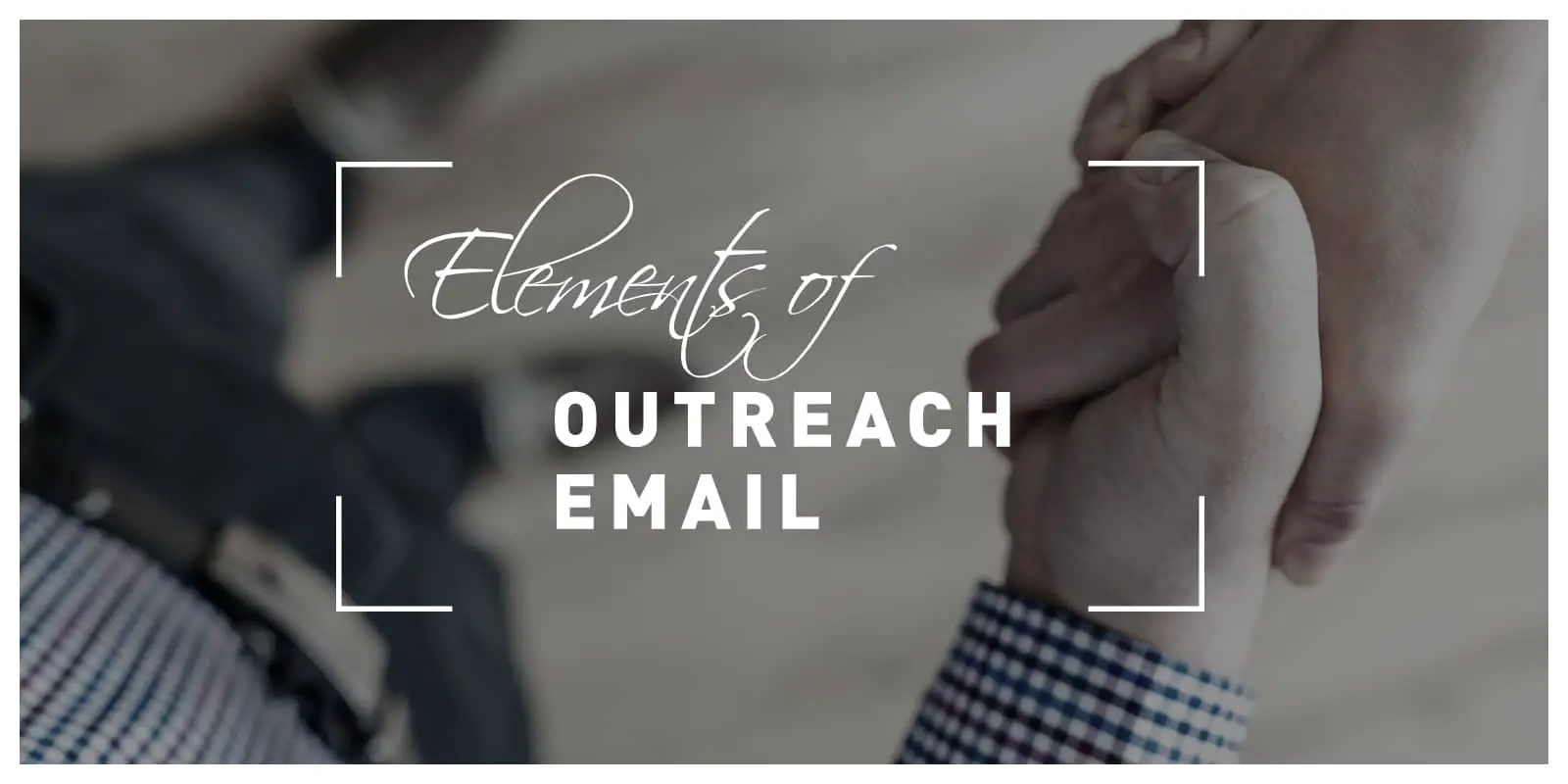In the past decade, marketing got revolutionized with dozens of new different approaches and levels. You can generate more traffic and promote your content through so many channels that you basically can’t run out of ideas—going from social media, through forums, comments, podcasts, guest posts, with the help of other bloggers, influencers, and so on and on. They work, no doubt about it.
A good chunk of people believe that promoting your content through emails is an outdated method reserved for the old folks, but professionals that dominate the game know how crucial it is to capitalize on this digital gem.
Why Email Marketing?
Still suspicious about its actual value? Let me throw a few stats your way to get a more clear perspective on what email marketing has to offer:
- Active email accounts are expected to hit 5.6 billion by 2019 (Statista)
- 73 percent of millennials prefer communications from businesses to come via email (Adestra)
- 80% of business professionals believe that email marketing increases customer retention (Emarsys)
- 59% of respondents say marketing emails influence their purchase decisions (SaleCycle)
- Marketers who used segmented campaigns noted as much as a 760% increase in revenue (Campaign Monitor)

And that’s just scratching the surface when it comes to facts that are wrapped around promoting your services through email outreach marketing and newsletters. The audience is colossal, the users actually pay attention to what pops into their inbox, and it legitimately brings results, which leads us to the conclusion that it must be exploited. Again, we reach a new branching considering that there are numerous objectives you might want to achieve through this approach, but let’s shift our focus towards link building in this instance.
Link Building
You aren’t really familiar with this technique? It’s okay, let’s break it down. Backlinks are links that take you from one website to another. In a more simplified manner, when you feature someone’s link on your own website, they have a backlink from you and vice versa – if someone features a link of your website on their own, you have a backlink from them. As it usually happens, the simplest things can offer the most extraordinary results, and boy oh boy are backlinks a treat.
It’s obvious that when you get featured on a website, you get access to a whole new spectrum of users, ready to check out your awesome content.
But that’s just the tip of the iceberg because by generating backlinks, you get insane value with:
- Better search engine indexing
- An increase in your page and domain authority
- Better branding of your product
- Higher discoverability
And that is why everyone is crazy about them and give their maximum effort to generate as many as possible. Email outreach and backlinks go hand in hand since they complement each other so beautifully. But how do you approach potential collaborators? You’ve tried before but failed to land a deal? You just don’t know where to start and how to affect it? We’ll end that right now and make sure that your next email is refined with confidence and success with these five elements of a proper outreach email:
1. Keep it concise, short, and effective.
If you are a busy person (and I know you are), how much time can you devote to a single email? Less than two minutes is a blessing, and the sooner it gets crossed from your task list, the better. Long emails are simply not fun; therefore, when you have to deal with those, it’s honestly taking away your time and energy, which encourages the decision to ignore them if they are not of vital importance.

Scale that up to a large company that you are trying to pitch, and it’s clear – if you overcomplicate it, you are crossed out without firing a real shot. That’s why you need to keep it short, display the benefits and quality that you can offer, stand out from the crowd, and conclude as soon as possible. In addition, the title of the email should be a bit more extensive, optimally around 50 characters.
Give them a precise introduction on why you are writing to „bait“ them into opening the email, and when the content inside the email is simple and direct – who wouldn’t want to read it?
2. Ditch the templates
One of the most common traps that you can get your foot stuck in is the template. It’s practical, simple, straightforward, and it can be distributed to hundreds of bloggers, which makes it the perfect tool for your email outreach plans. That might sound remarkable in theory, but in practice, it’s the complete opposite.

You are reaching out to people that have experience in those types of things and templates will be easily recognized (especially since they receive dozens of those daily), which gives away the fact that you didn’t put any effort in personalizing the message, rather just filled out a few fields and threw it their way. In addition, templates make the message look generic and plain, and as such, not very appealing to read. Keep it original and cook up something unique that will drastically improve your chances of getting the job done.
3. Land the timing
The concoction of timing is mixed with a pinch of luck, but it’s still very important to monitor and lurk for an opportunity. You might have a staggering offer that the recipient would love to accept, but it’s simply not possible at the moment. On the other hand, if you strike at a more convenient hour, the deal will most likely be sealed.

In some instances, you just have to go for it, but being a little more patient can pay off big time. Look for an opening – a promotion, website launch, projects, and capitalize on those opportunities since you will be the one that has the upper hand.
4. Call to action
The person you contacted digs the general idea and wants to proceed; did you give them the opportunity to do so? You want to arrange a meeting, make a phone call, keep it on emails…what are we supposed to do now? The vibe of „I never got this far, so I have no idea what to do next“ won’t suit you well, I can guarantee that! You need to be precise and display exactly what you want.
Evoke enthusiasm, give them insights on your idea, explain why it will be beneficial for both parties, provide a link, and be confident.
You don’t want to come out as insecure or desperate, but as someone that possesses success and is ready to pass it on.
5. Don’t be shy to follow up.
As we stated, the people that you are contacting are packed with tasks and ideas which limit their time for pitches from digital strangers. You might be their next big thing, but they just didn’t catch your email; they didn’t have time to read it and forgot about it later…there are various reasons for you not being noticed and not because of the content at all, but out of pure coincidence. But a follow up could turn everything around.

A vast majority of users (about 70% of them) give up after sending the first email and don’t get a response. The communication ends there; therefore just by sending a follow-up email, you can get an advantage that is almost unfair and obligatory to capitalize, especially since your chances of getting a response become 65% higher by sending just one follow up email! You can use an approach of added value or build trust; you can even change the channel of communication (Twitter, LinkedIn, or Facebook), but always remind of the initial pitch.
In conclusion
Writing an outreach email may be a challenging task, but the results of your attempts may vary drastically based on your approach. Pitching for anything valuable requires patience, devotion, and readiness to both fail and hit it big. By following these rules, your chances of getting a response of affirmation get significantly higher, and with your content ready to be offered…the only thing left to do is to start typing!

